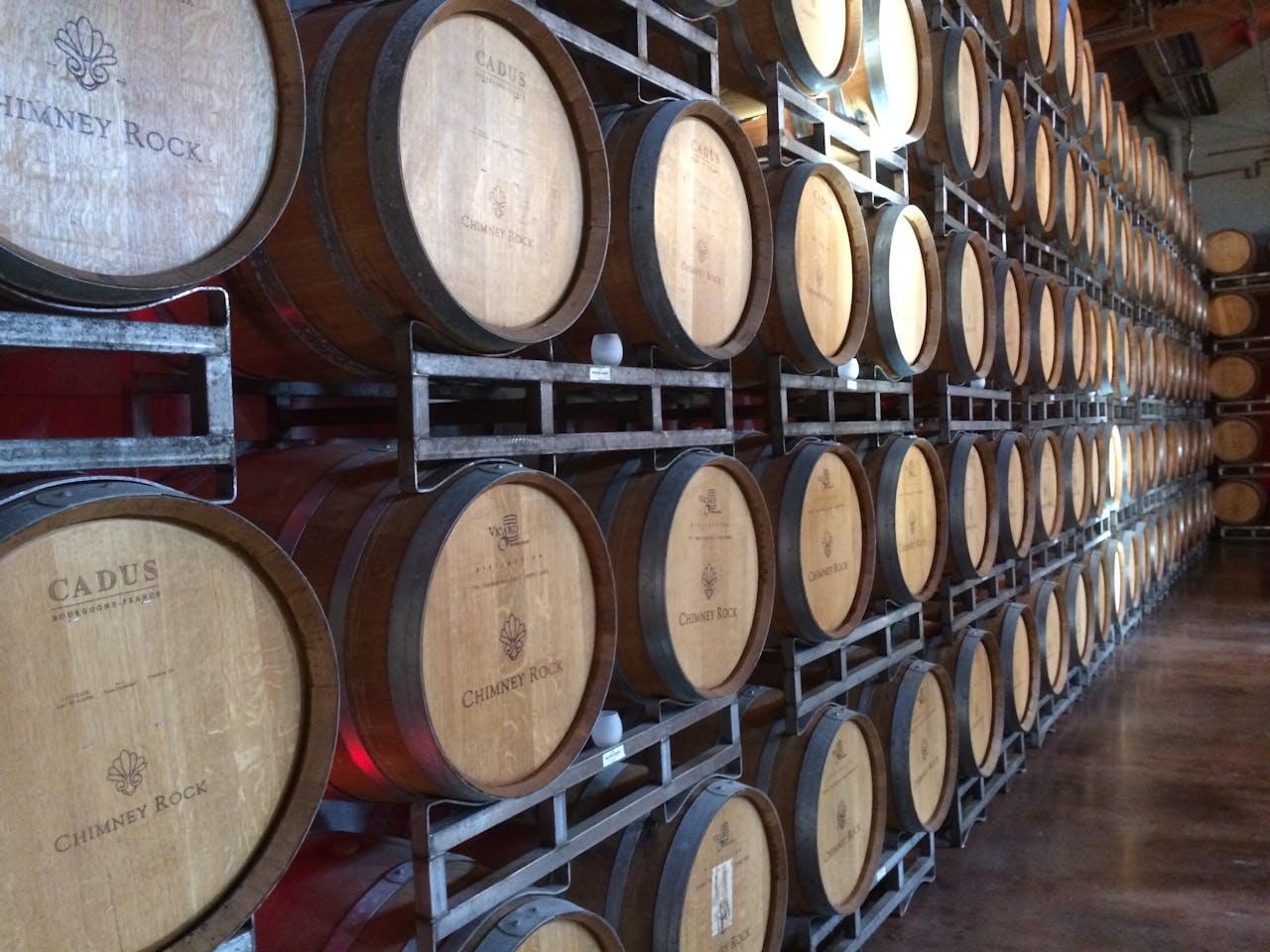It’s true that our 16th-century ancestors drank much more than Irish people do today. But why they did so and what their beer was like are questions shrouded in myth. The authors were part of a team who set out to find some answers.
As part of a major study of food and drink in early modern Ireland, funded by the European Research Council, we recreated and analysed a beer last brewed at Dublin Castle in 1574. Combining craft, microbiology, brewing science, archaeology, as well as history, this was the most comprehensive interdisciplinary study of historical beer ever undertaken. Here are five things that we discovered.
1. People didn’t drink beer because water was unhealthy
It’s often assumed that lack of access to clean water led people to drink beer instead. We know this isn’t true for many reasons, not least because brewers needed a constant source of fresh water to make the best beer.
Water was certainly viewed as less healthy, but not because of any understanding of microbial contamination. According to a system of medicine and treatment used at the time, Galenic humorism, water was a “cold” drink that affected digestion, causing fluctuations and windiness. Meanwhile, beer was “warm and comforting”, balancing the “humours” and quenching thirst.
2. Beer was a payment for work
Beer was taken as medicine, often mixed with curious ingredients. Treatments for conditions such as flux or bed wetting, for example, required ground kid’s hoof or grated stag’s penis to be taken with a drink of beer.
People drank at work, commonly receiving drink as part of their wages. The quantities were staggering. At Christchurch Cathedral in Dublin, masons received up to 15 pints per day when undertaking heavy work.
More typical was a range of five to ten pints, as was the case at Dublin Castle. There, servants imbibed up to 2,700 calories a day in beer alone, the cost of which exceeded what the household spent on bread.
3. Beer had some different ingredients then
In many ways, 16th-century beer would be recognisable today. The key ingredients were malt (made from barley or oats depending on the region), water, yeast and hops.
The addition of hops, a Dutch innovation, spread throughout Europe in this period. This resulted in a longer lasting drink, accelerating the development of the brewing industry as we know it today.
But there are differences between pre-modern and modern beers, relating primarily to the nature of the ingredients. Four centuries ago, cereals were grown as landraces.
A landrace has a wide range of characteristics distinct from those of standardised modern varieties, through adaptation to their regional climate, soils and topography. Shrinking cultivation of these landraces meant that sourcing heritage ingredients was challenging.
The variety of barley we chose was bere. This is the only landrace barley still grown commercially, thanks to the conservation efforts of agronomists and farmers in Orkney, Scotland.
The experiment was a unique opportunity to examine the significance of these varieties to the taste and quality of drinks in the past, and the benefits of saving heritage crops for future generations.
4. Making beer required skills in short supply today
Industrial brewing today produces the same beer every time. Brewing in the past, using simpler equipment and in a more open environment, was much more challenging. Brewers were deeply in tune with their working conditions and didn’t have modern devices such as thermometers.
They used their senses and knowledge to make adjustments as they worked. As the project team learned the hard way, small mistakes could be disastrous, resulting in spoiled beer and accidental porridge.
Recreating the technology of the past also highlighted the wider craft skills, such as coopering (making barrels), wicker-weaving, woodworking, and coppersmithing, that went into making all the equipment needed to make a pint. Much like heritage crops, these skills are in worrying decline.
Our oak fermenting barrels and mash tuns (a vessel used in brewing) were made by Les Skinner, at the time one of the last two master coopers in England. He has since retired. We had to go all the way to Portugal to find coppersmiths who could build a large freestanding boiler.
5. Even everyday beer was strong
One enduring misconception is that people were able to drink so much in the 16th century because their beer was relatively weak. Based on little evidence, it is assumed that beer of around 2% alcohol by volume (abv) was the most common drink of the working classes. But we know this so called “small beer” was widely rejected by workers, as well as by physicians, dietary writers, and government officials, who all deemed it dangerous to health.
Our experiment showed that a typical beer of middling strength actually had the potential to be around 5% abv, comparable to modern lager. This means people could have been extremely inebriated from merely what they drank alongside work. Unsurprisingly, there were loud and frequent calls for drinkers to show moderation.
Those calls often came, however, from the same people who liberally supplied their workers with beer. This suggests that the context in which people drank was very important. If having a pint or two at breakfast and dinner was acceptable, even expected, many more at the village alehouse was seen as more troublesome.
To learn more about brewing a beer from 1574, visit our online exhibition. A documentary film is coming soon. Details will be on our website.![]()
Susan Flavin, Associate professor of history, Trinity College Dublin and Charlie Taverner, Research fellow, history, Trinity College Dublin
This article is republished from The Conversation under a Creative Commons license. Read the original article.






















